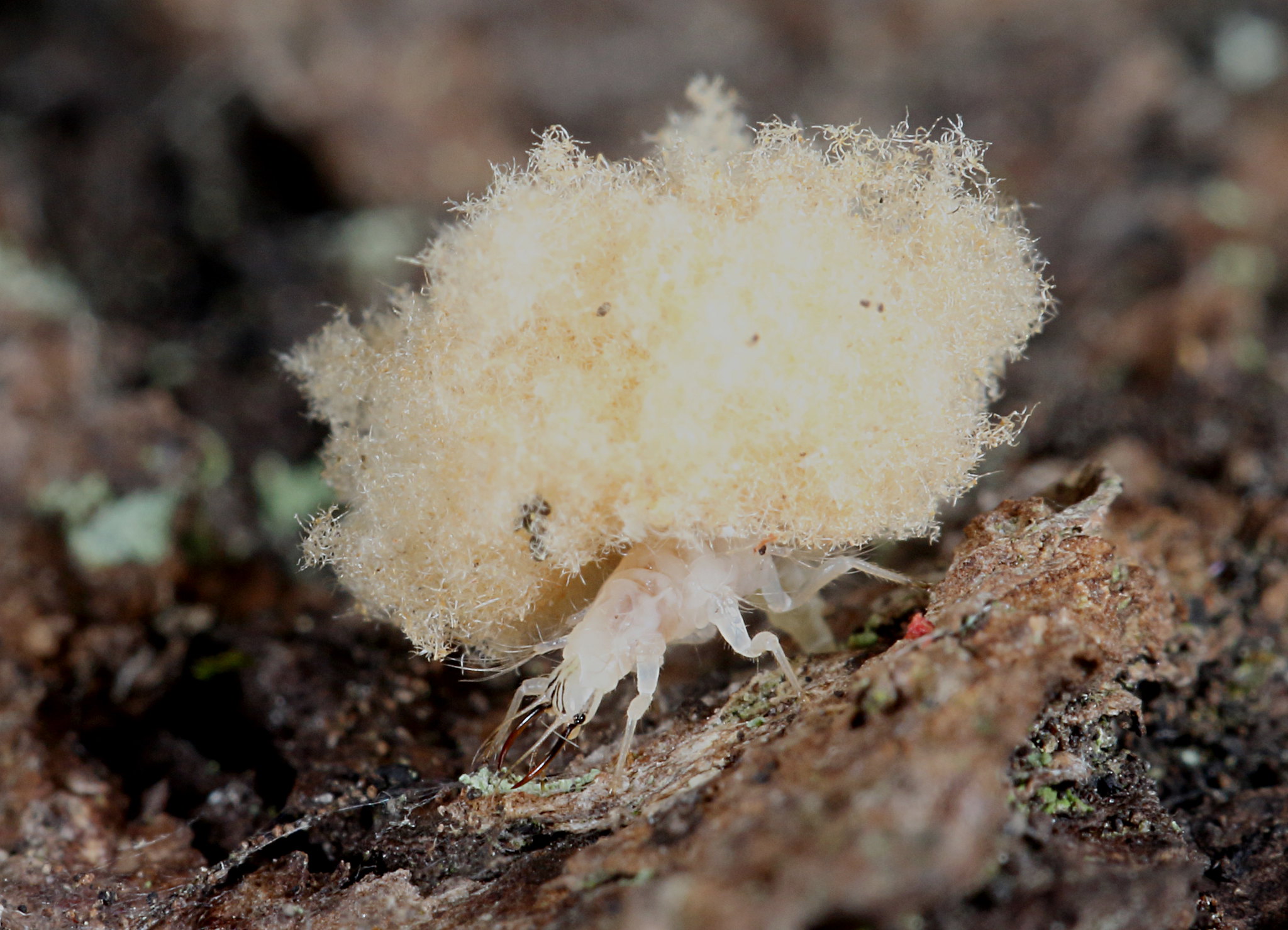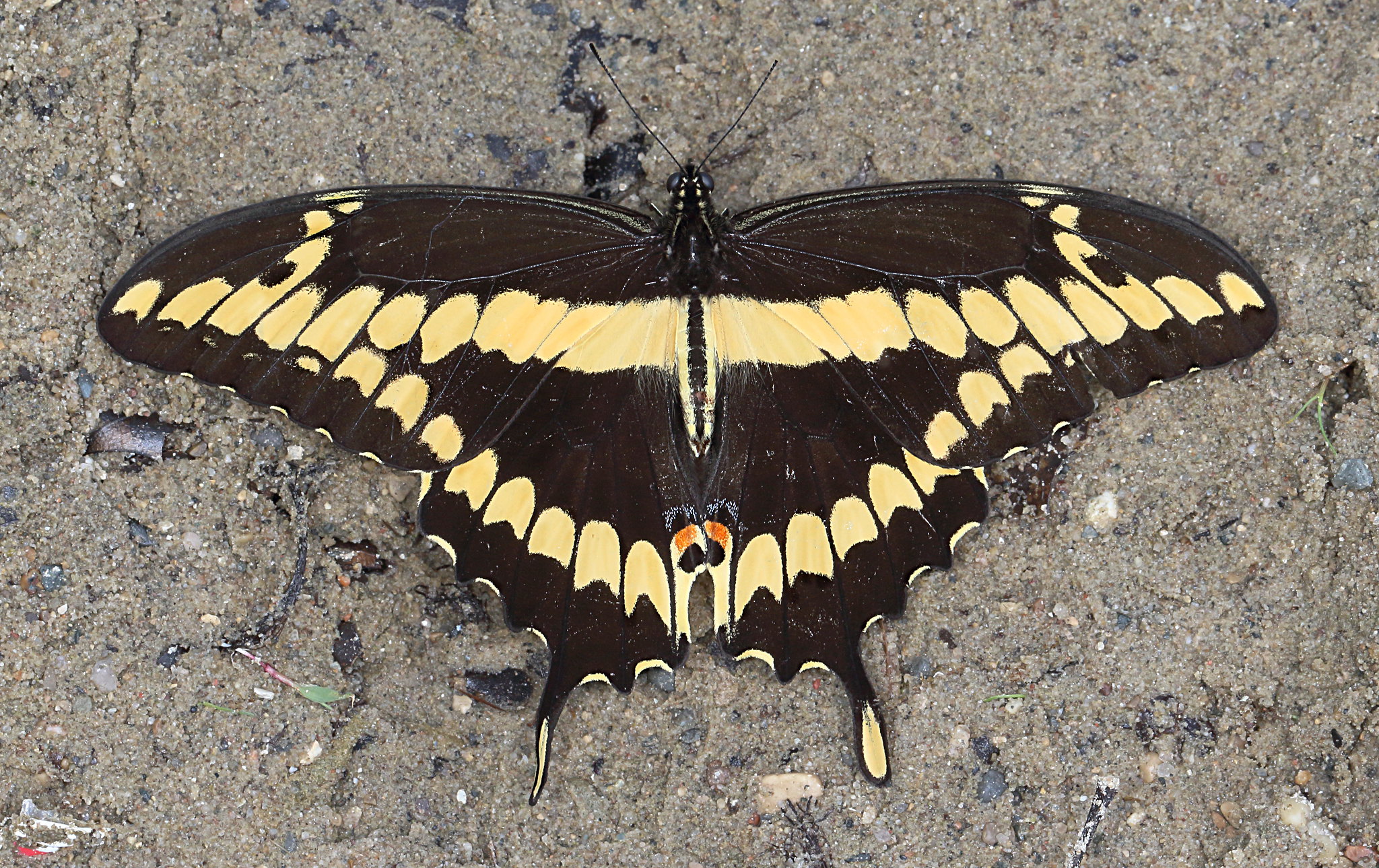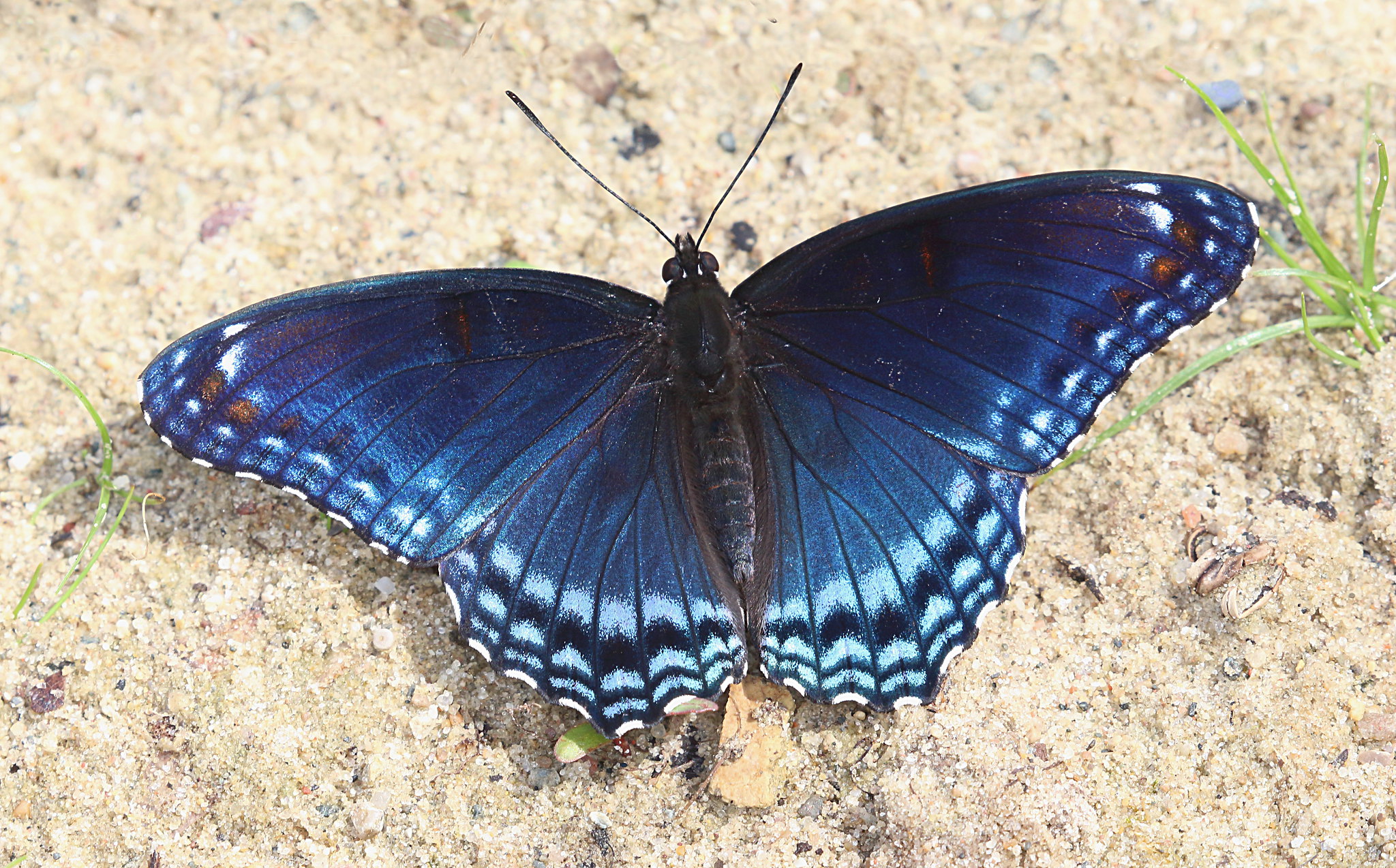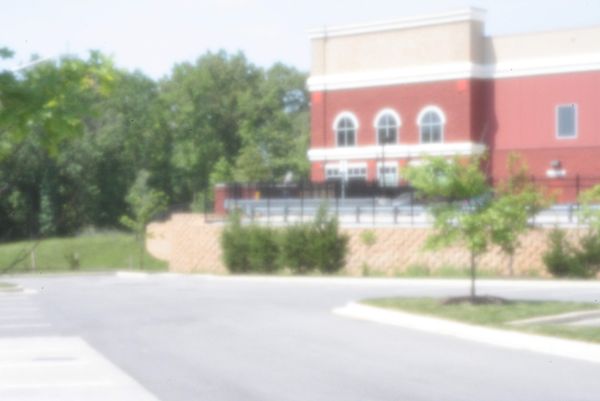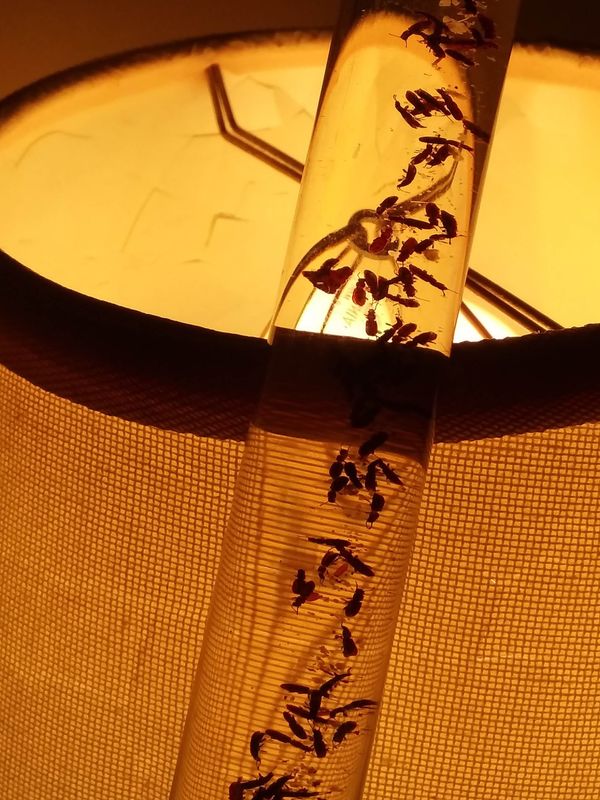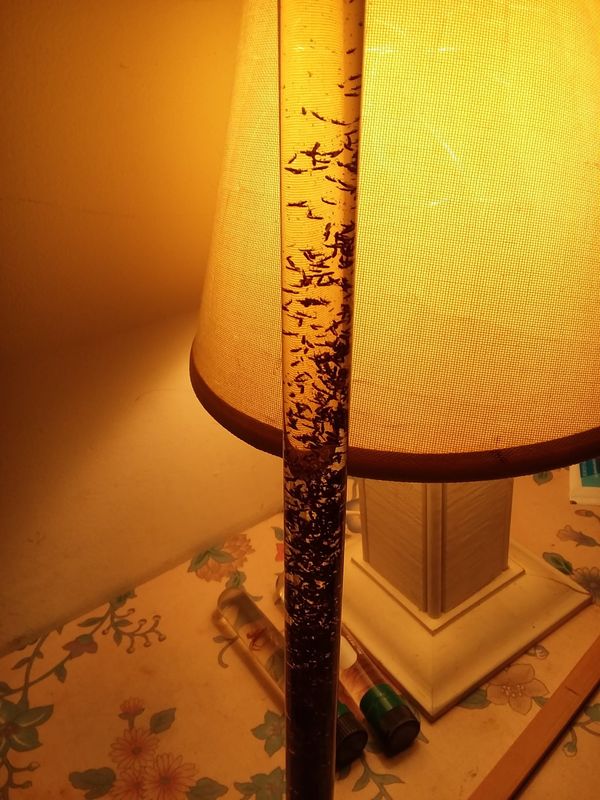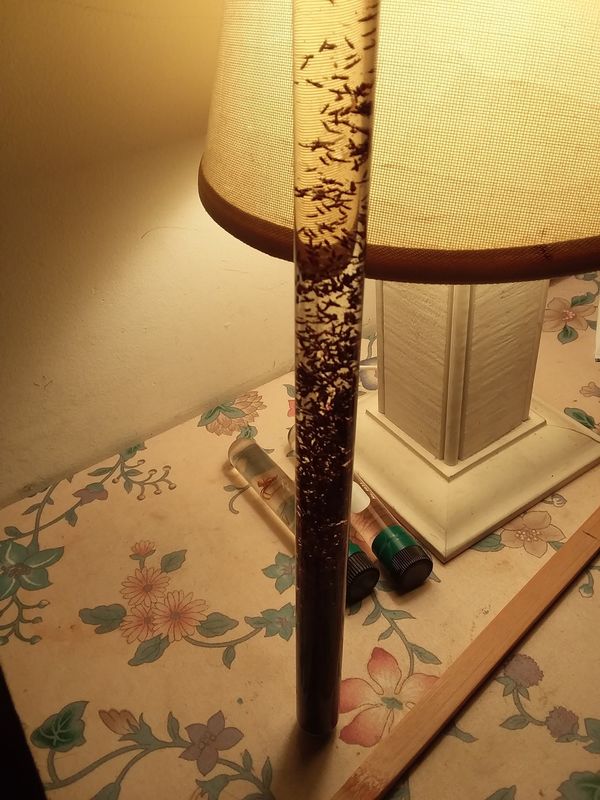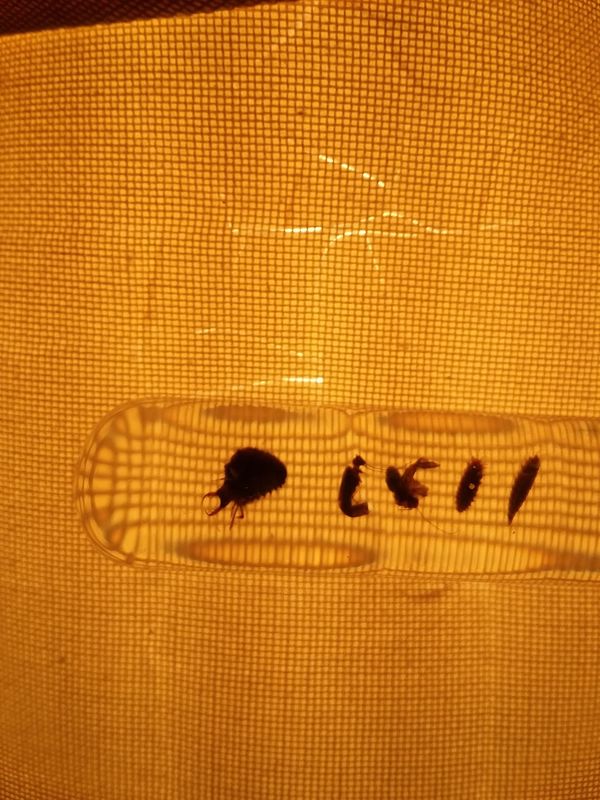Posts for: newtoyou
Jan 20, 2019 03:52:57 #
Timmers wrote:
A bellows? I don't understand what you mean. I've seen bellows cameras made into pinhole cameras, not too often though.
Would adjusting the pinhole to sensor or film distance make a difference in focus?
Bill
Jan 20, 2019 01:10:37 #
Jan 19, 2019 19:27:09 #
sippyjug104 wrote:
Earlier I posted my Millipede profile view which showed its beak-like mouth. This image is taken as a face-on view of it which was quite an effort to stage for it was so small and getting it into position but on a icy rain day there's nothing else to do.
I included a view of it laying on a dime in a profile view to give an idea of what this entailed shooting it face-on. It was quite departed and curled tight and stiff so this is a portion of its head end.
I included a view of it laying on a dime in a profile view to give an idea of what this entailed shooting it face-on. It was quite departed and curled tight and stiff so this is a portion of its head end.
When blown up to an extreme some areas look like intergalactic stars and dust clouds.
When using the microscope lenses with a bellows I seem to get better fine tuning. The four power is somewhat forgiving. The ten not so. In looking at bristles on a fly, the depth of focus seems to be the thickness of a bristle or a bit more. Therefore, a stack program is the only answer to a clear photo.
To go much above ten would be futile? We'll see. Photomicrographic territory.
I now have some info learned buying bellows.
Honeywell, Pentax, Asahi. These names are on all five I have. They all have M42 screw in fittings. That makes it easy to adapt to a camera to M42 fitting. Mix and match parts. That means you can reverse lens stack, use diopters,
use microscope lenses and more with inexpensive fittings. It allows one to use a reversed lens of almost any make as the secondary lens.
Watch prices. A wide variation when it comes to used.
That said, what you found and your techniques leave nothing to be desired.
I just really like to tinker.
Bill
Jan 19, 2019 15:55:38 #
Mark Sturtevant wrote:
I continue with pictures taken over the summer. It... (show quote)
The lacewing Doo looks like a chubby blond's afro I saw at a Ramones concert.
Agree with beauty of the Purple. The Giant swallowtail. I have never seen one closer than 15-20 feet and going like hell. Nice shot.
Bill
Jan 19, 2019 15:39:29 #
Manglesphoto wrote:
Here are some images of my Pinhole camera from 198... (show quote)
Since there is some interest in pinhole imaging, some suggestions. Lens caps with precision pinholes available on eBay for about ten dollars. The book Pinhole Photography by Eric Renner is a must read if you want to get deep into this. Excellent book on light in art.
Bill
Jan 19, 2019 12:07:45 #
elf wrote:
Aloha folks, I have mold on some photos. 'looked for the files and can't find them. Can the white mold be cleaned off? I am using Epson ink, Epson glossy paper, Epson printer.
Thanks Ed
Thanks Ed
If you have a vaccuum food processor you might try that and some dessacant in the bag. Maybe even seal in a vaccuum and freeze. Freezer Burn is drying.
Bill
Jan 19, 2019 11:58:29 #
elf wrote:
Aloha folks, I have mold on some photos. 'looked for the files and can't find them. Can the white mold be cleaned off? I am using Epson ink, Epson glossy paper, Epson printer.
Thanks Ed
Thanks Ed
Once mildew and mold are in your photos IT CANNON BE ERRADICATED. Segregate those ones. The spores and mycelium need only to get damp again to spread.
Dry flat and dust. To test for dampness put one in a Ziploc bag, seal and microwave a few seconds at a time watching for the bag to swell. If it swells, dry more. Repeat till dry and keep dry and seperate.
Bill
Jan 19, 2019 01:26:52 #
PixelStan77 wrote:
Thanks Jerry.No it was a Professional Siberian Kolinsky Sable Detail Paint Brush
I know what a PSKSDPB is. Are these the pure male tail hair brushes or the normal 60/40 male female hair brushes? This affects price and quality.
I know of only one flower named after a paint brush. Indian Paint Brush. This is not it. SO. Will you clarify?
Thank you. PS. The all male hair is ideal for water colors. Probably because of the defensive oil common to all mustellids( think skunk). Hope the brushes have been descented, or the art would 'stink'.
Bill
Jan 18, 2019 16:15:31 #
napabob wrote:
good shootin, would love to see a video of how they stack stuff so high on themselves...........
FYI(as if you may not know this). The detritus may match surroundings. Moss on a mossy tree. Aphid carcases in a colony of aphids, or a coating of pollen in daiseys. I won't mention the coating if preying on fly larva in dung.
Bill
Jan 18, 2019 00:01:23 #
Mark Sturtevant wrote:
That is cool, but synchronized hatching is not unusual. Insects in egg masses of all sorts will do this, though I don't know what cues they use to do it.
Preying mantis.
It makes sense in the way a flock of birds makea sense. Odds of an individual falling prey are reduced.
Bill
Jan 17, 2019 23:14:36 #
napabob wrote:
Hope it never becomes an Olympic sport like synchronized swimming.
I have raised morning cloak butterflies in mass. They sometimes live colonialy as larva and I had hundreds one summer. The broods would emerge at the same time in any given cage. Wonder if they had a trigger like BMSB?
Ever see about 150 butterflies take wing at once?. My sons and friends loved it. Darwin and Mother nature both have it right. Nature has the edge.
In Annapolis area the BMSB has replaced our nearly indestructible native one. They are in turn being used as a food source for larva by a native Specid wasp. Mostly in the nymph stage. I have observed this and may have shots. I'll look. I find nothing on this observation, tho. Another project for this summer.
Night, all.
Night, Bob..
Bill
Jan 15, 2019 21:02:18 #
Mark Sturtevant wrote:
Interesting long tube you got there. Wondering if you could heat up the bottom to create circulation, making that lava lamp effect you mentioned.
I see an antlion larva in the last picture.
I see an antlion larva in the last picture.
Those were poor. I was bored and lazy. The long tube is a 20mmx81cm test tube. The one with a normal screw cap 20x110 mm vial.
There is a process to display insects and others in hand sanitizer. I am in the process of tweeking it. This shows promise for larva preservation. This is a first try. The beetles (or others) might work in a lava lamp. Alcohol looses heat too quickly. It might work with mineral oil. HMMM!
Bill
Jan 15, 2019 03:24:25 #
Cell phone images. I believe one fits macro. I culture mushrooms on rye and wheat grain. A number of years ago I bought fifty pounds, used about half, and saved the rest in a lidded plastic bucket.
A few months later started finding small beetles in the condo. They are probably Lyctus striatus. Saltines left in dark places as traps yielded enough beetles to creat an18x90 mm column in a test tube of alcohol. Thousands of 4mm or so beetles. An entomologist's lava lamp. Fed grain to dove, within two weeks saw no more beetles.
Looking thru old odds and ends to post. Come on warm weather.
Bill
Last photo of first attempt at preserving insects in hand sanitizer. More on this later, and better photos.
A few months later started finding small beetles in the condo. They are probably Lyctus striatus. Saltines left in dark places as traps yielded enough beetles to creat an18x90 mm column in a test tube of alcohol. Thousands of 4mm or so beetles. An entomologist's lava lamp. Fed grain to dove, within two weeks saw no more beetles.
Looking thru old odds and ends to post. Come on warm weather.
Bill
Last photo of first attempt at preserving insects in hand sanitizer. More on this later, and better photos.
Jan 15, 2019 02:18:45 #
sippyjug104 wrote:
Well, what else can I do when it's snow packed out... (show quote)
That is not Morton's salt, is it? It usually has more uniformly square crystals. The experimentation with the microscope lenses goes well, your bellows should be the final piece to this. Enjoy.
Later, Gary.
Bill
PS, interesting that the magnification was high enough to see how color is realy printed. It's 'pixilated', if that is the right word.
Jan 15, 2019 02:13:11 #
Mark Sturtevant wrote:
ok!
I just came across an old post on a different site about mounting a microscope objective lens in reverse for greater magnifying power. This of course works with regular camera lenses, but I had ever heard of doing that with microscope lenses before.
I just came across an old post on a different site about mounting a microscope objective lens in reverse for greater magnifying power. This of course works with regular camera lenses, but I had ever heard of doing that with microscope lenses before.
I am doing this too. The bellows look to be the ideal means of focus. Reversing the lens led to changing tube length to maintain focus. I used fixed tubes, only an approximate focus, as with the mite. There is a rubber grip ring on the objective end that lets the lens be reversed easily, so will look into this. Thanks
Bill
